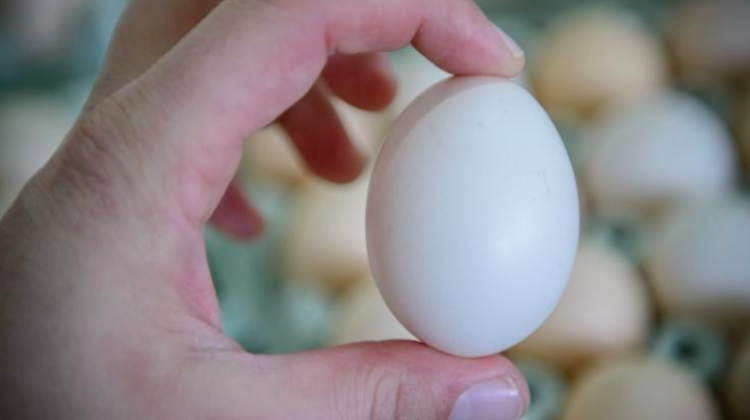#Askscientist: Which came first: the chicken or the egg?
 Photo: Fotolia
Photo: Fotolia
Since reptiles are evolutionarily earlier than birds, there was an egg between the last reptile and the first bird. But there will always be people who are convinced that a rooster was first - says Prof. Jan Jankowski. Poultry expert from the UWM in Olsztyn talks about egg-laying poultry hatcheries, the differences between broilers and egg layers, and whether the chickens farmed for meat lay eggs.
During the Science Picnic, throughout the day we collected questions that visitors wanted to ask the scientists. Now we ask researchers some of these questions. With the question "Which came first: the chicken or the egg?" we turned to Prof. Jan Jankowski from the University of Warmia and Mazury in Olsztyn. The professor develops proper methods for feeding poultry, in particular turkeys.
The researcher has no doubt: the egg came first. From it hatched the first bird, the evolutionary descendant of reptile. But if we focus on the species itself, a hen undoubtedly came first. And a rooster that was necessary for fertilization.
That`s it as far as history is concerned. But what about now? Where do the chicks come from that grow to be chickens that supply us with eggs? And how come completely different chickens end up on our tables as meat?
According to the scientist, chickens for meat production and those that lay eggs are completely different chickens. Hybrids that can lay up to 340 eggs a year are used for the production of eggs. They are weakly muscled and so light that when their egg-laying period is over, their carcasses do not even go to trade after slaughter. They are literally skin and bones.
He explains that the chicks intended for the production of eggs - just like the chicks for meat production - come from parent flocks. Light breeds, crossed in parent flocks, are used for the production of eggs. Laid, fertilized eggs end up in hatching facilities in a hatchery, where chicks hatch. Only the females go to farms that produce consumer eggs. And what is the fate of male chicks?
"Unfortunately, they are useless, they are disposed of in the hatchery after hatching. This is the fate of roosters - they are simply unnecessary" - the scientist says. "It is terrible, which is why several scientific and research projects are currently being carried out in the world to develop a method of gender programming and its early determination in developing birds` embryos. But it is much more difficult than in mammals. We can program gender in cattle, because sperms determine it, whereas in the case of birds, the ova are the decisive factor. This problem makes it very difficult to achieve the goal" - the professor adds.
So all that`s left are egg-laying hens. Eggs that we buy in stores and at marketplaces come from them. The chickens used for the production of meat are called broilers. They are much heavier, grow very fast and have very good muscularity. Do broilers lay eggs? "No, because they do not reach maturity. Their intensive growth lasts about five to six weeks and after this period they are slaughtered." Meat-type hens only lay eggs in special parent flocks" - says Prof. Jankowski.
In the parental flocks there are both hens and roosters. An adult egg-laying hen weighs less than two kilos, while an adult meat hen weighs about four kilos. "Meat hens lay much less eggs, because in biology the heavier the bird, the less eggs it lays. Still, the purpose of parent flocks is to produce eggs and, consequently, chicks intended for the production of broilers for the farm" - explains the professor.
Incubation of meat hens and egg-laying hens takes the same amount of time: 21 days. Then the chicks end up on farms. In the case of broilers, there is no sex selection: both roosters and hens end up on our tables, so when we buy a chicken we do not really know what we will eat. Is it any consolation (in the context of the fate of roosters from the egg-laying varieties)? We leave it for our readers to decide.
PAP - Science in Poland, Karolina Duszczyk
kol/ zan/ kap/
tr. RL
Przed dodaniem komentarza prosimy o zapoznanie z Regulaminem forum serwisu Nauka w Polsce.
















